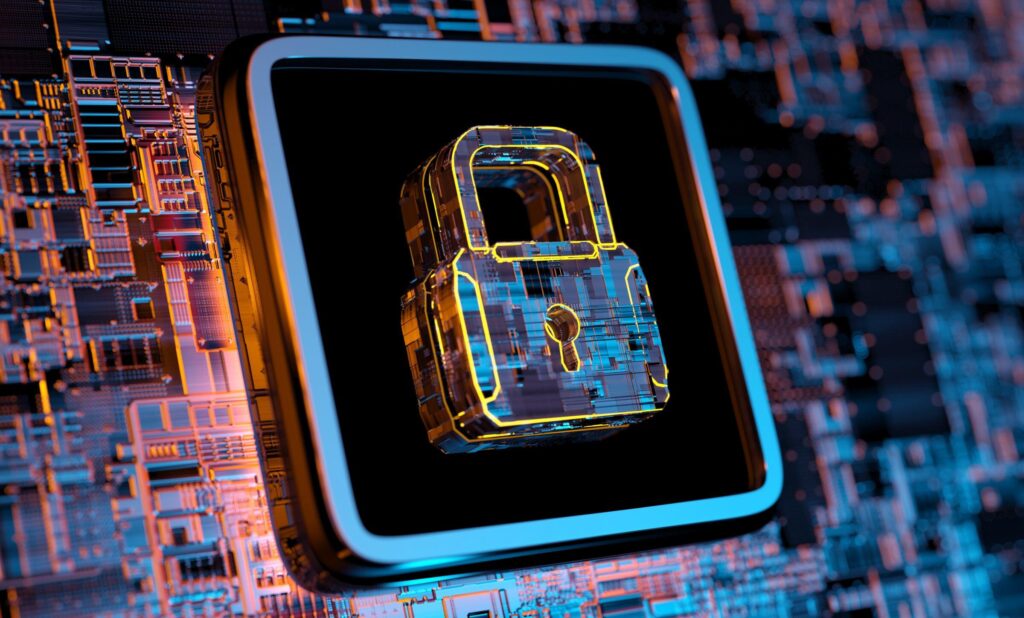Digital forensic services are increasingly becoming a cornerstone in the ever-evolving landscape of cybersecurity. As cyber threats grow in complexity and frequency, the need for advanced forensic capabilities has become critical in protecting sensitive data and maintaining the integrity of digital infrastructures. These services involve the collection, preservation, analysis, and presentation of digital evidence, which can be pivotal in both preventing cyber incidents and responding effectively when they occur. One of the primary ways digital forensic services are shaping cybersecurity is through the enhancement of incident response. When a cyberattack occurs, time is of the essence. Forensic experts can quickly identify the breach’s origin, the extent of the damage, and the methods used by the attackers. This rapid response not only helps in mitigating immediate threats but also provides valuable insights that can prevent future incidents. By understanding the attacker’s tactics, techniques, and procedures TTPs, organizations can bolster their defenses and develop more robust security protocols. Moreover, digital forensic services play a crucial role in legal and regulatory compliance.

With the increasing number of data protection regulations, such as the General Data Protection Regulation GDPR and the California Consumer Privacy Act CCPA, organizations are under immense pressure to safeguard personal data. In the event of a data breach, forensic investigations are essential in determining the scope of the breach and ensuring that organizations meet their reporting obligations. Failure to comply with these regulations can result in severe financial penalties and damage to an organization’s reputation. Therefore, the ability to conduct thorough and efficient forensic investigations is vital for legal compliance and maintaining public trust. The integration of artificial intelligence AI and machine learning ML into digital forensic services is another significant development. These technologies can automate many aspects of the forensic process, from data collection to analysis, making it faster and more efficient. AI-driven tools can sift through vast amounts of data to identify patterns and anomalies that might indicate a security breach. Machine learning algorithms can also learn from past incidents, continuously improving their ability to detect and respond to new threats. This not only enhances the accuracy of forensic investigations but also frees up human experts to focus on more complex and nuanced aspects of cybersecurity.
Furthermore, alias cybersecurity of digital forensic services are becoming more proactive rather than reactive. Traditionally, forensic investigations were conducted after a cyber-incident had occurred. However, with advancements in technology and methodology, forensic experts can now identify potential vulnerabilities and threats before they are exploited. By conducting regular forensic audits and simulations, organizations can uncover weaknesses in their security posture and address them proactively. This shift towards a more preventive approach significantly reduces the risk of cyberattacks and enhances overall cybersecurity resilience. Collaboration and information sharing among organizations and forensic experts are also vital in the fight against cybercrime. Digital forensic services often involve the sharing of threat intelligence and best practices across different sectors and industries. This collective approach ensures that lessons learned from one organization’s experience can benefit others, creating a more unified and robust defense against cyber threats. Public-private partnerships, in particular, play a crucial role in this collaborative effort, leveraging the strengths and resources of both sectors to enhance national and global cybersecurity.